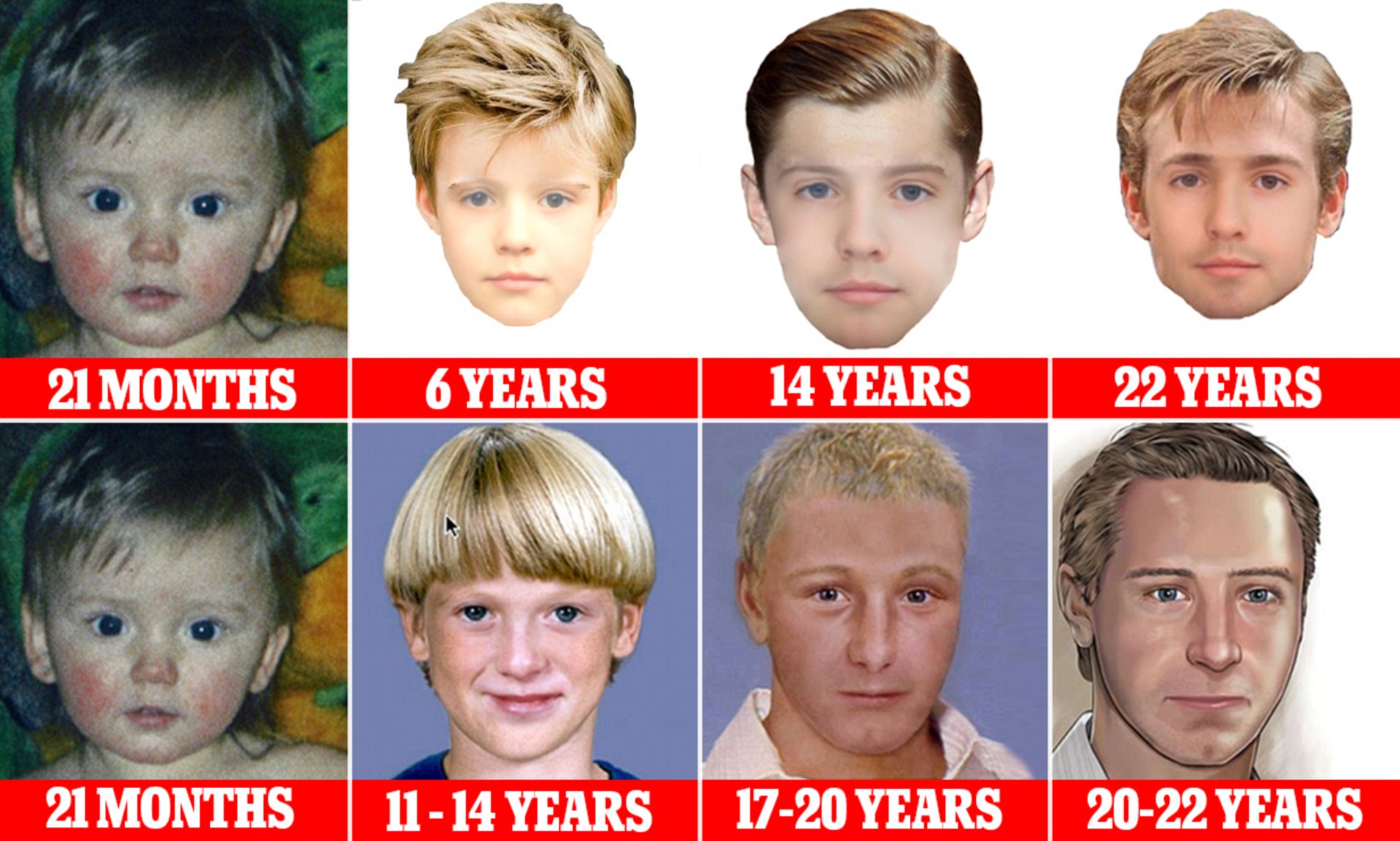RIO DE JANEIRO, BRAZIL – The Ministry of the Interior in Uruguay plans to acquire software that will allow facial aging in images of missing children, taking into account the time that has elapsed since they went missing.
Within the framework of the “Amber Alert” bill, this mechanism aims to locate these minors in the shortest possible time, implementing an international alert at the borders. The proposal is inspired by a case that arose in the United States, where, in 1996, a girl named Amber Hagerman was kidnapped and murdered.
According to Nationalist deputy Álvaro Rodríguez Hunter, author of the bill with Robert Parrado and Gabriela Torres, this technological tool will be very useful because many cases of child disappearances take years without being solved, and their last photos do not reflect their current image.

Interior Minister Luis Alberto Heber is already preparing to purchase the software after a meeting with the bill’s creators. To develop it, the Ministry will have to create a new department specializing in this issue. In addition, it will be integrated into the Protocol for the Registration and Search of Absent Persons, and activities will be coordinated with the Prosecutor’s Office, the Judiciary, and the National Emergency System (Sinae).
At the same time, Deputy Rodriguez Hunter aims to provide international training to the Uruguayan Police that will work in the area.
The “Amber Alert” project determines that, once the child is reported missing, the Ministry of the Interior must disseminate the notice to the population through all possible means of communication. It is clarified that, if necessary, the press media will be asked to interrupt their transmission to give notice of the Ministry’s alert. In this case, they must keep the message repeated during their programming for at least 24 hours.
According to the deputy, international cases show that at least twenty countries have opted to adopt early warning systems to locate missing children, coordinating actions at the country level, both with the public and private sectors. In this way, they allow broader dissemination to alert of the absence.
THE AMBER HAGERMAN CASE
On January 12, 1996, a ten-year-old girl named Amber Hagerman was riding her bicycle outside her grandparents’ home in Texas when a pickup truck pulled up, and a man who emerged from inside abducted her.
A witness named Jim Kevil provided the American Police with a description of the kidnapper. As narrated, the man in the pickup truck slowed down in the abandoned parking lot where the girl was playing. He ran toward her and dragged her into the vehicle.
While Kevil testified, the girl’s grandfather, Jimmie Whitson, got into his car and drove around looking for his granddaughter. Several volunteers searched for Amber for days, along with the FBI.
Four days later, a man walking his dog found her body in a creek near the town of Arlington, where the family lived. An autopsy revealed that she had died after a slashed throat.
Although the killer was never found, this girl’s case inspired the “Amber Alert” system that began in Dallas-Fort Worth when local media outlets partnered with Police to develop an alert system.

